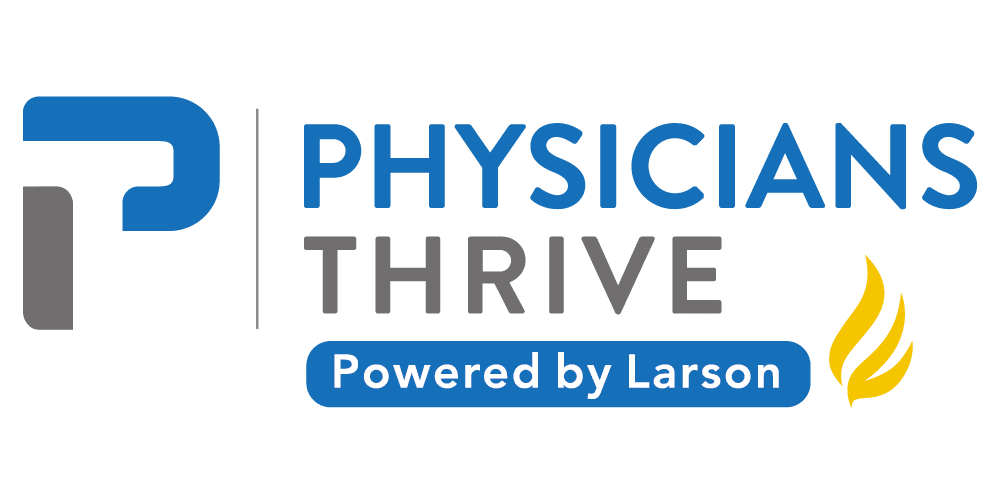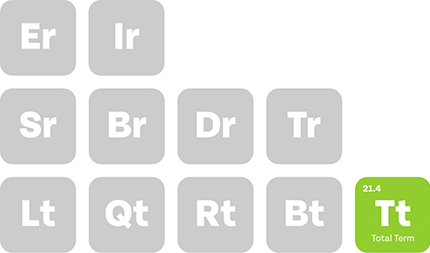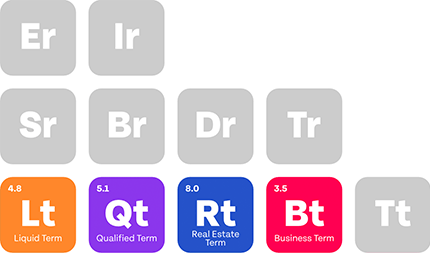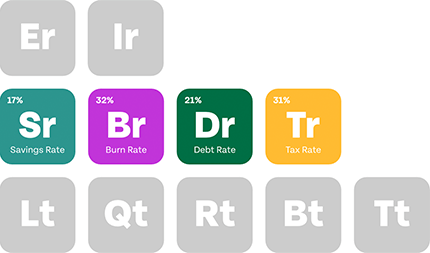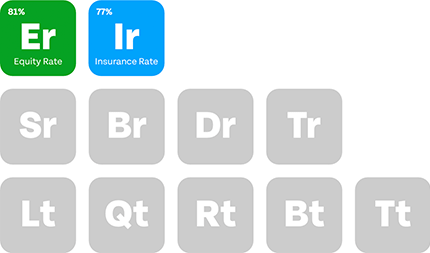Energy efficiency tax credit is a government incentive under the Inflation Reduction Act of 2022, designed to encourage homeowners to invest in energy-efficient home improvements.
This credit reduces the amount of income tax owed, effectively lowering the cost of making homes more environmentally friendly.
It can be particularly beneficial for medical professionals who own homes and are looking to optimize their financial situation through tax savings.
After all, between high student loans and planning for the future, every bit of savings counts.
Key Takeaways
- Energy efficiency tax credits lower taxes on eligible home improvements like solar panels.
- Credits include 30% for upgrades (up to $3,200/year) and renewable energy systems.
- Strategic, multi-year upgrades maximize tax benefits and increase home value over time.
- Medical professionals can save on taxes while supporting sustainability and reducing costs.
Table of Contents
How Do Energy Efficiency Tax Credits Work?
Tax credits directly reduce the amount of income tax owed.
For instance, if you qualify for a $1,000 energy efficiency tax credit, you can deduct that amount from your total tax liability.
As such, if you owe $2,000 in taxes, your new liability would be reduced to $1,000.
It’s important to note that these credits are nonrefundable.
In other words, if the total credit exceeds the amount owed in taxes, the excess cannot be refunded but can be carried forward to future tax years.
Types of Energy Efficiency Tax Credits
There are two types of energy-related federal tax credits available for homeowners:
Energy Efficient Home Improvement Credit
Effective since January 1, 2023, this credit allows homeowners to claim 30% of the costs associated with eligible home improvements, up to a maximum of $1,200 per year.
Further, certain upgrades like electric or natural gas heat pump water heaters and biomass stoves and boilers can qualify for an additional $2,000.
This means that you could potentially claim up to $3,200 in credits annually if you make qualifying improvements.
Eligible improvements include:
- Home energy audit (up to $150)
- Exterior doors ($250 per door; up to $500 total)
- Windows and skylights ($600)
- Electric panels and related equipment ($600)
- Central air conditioning units ($600)
- Heat pumps and biomass stoves/boilers (up to $2,000)
Note: This credit resets annually until 2032, allowing you to spread out your upgrades over several years while maximizing your tax benefits.
Residential Clean Energy Credit
This credit supports investments in renewable energy technologies like solar panels, wind turbines, battery storage, and geothermal systems.
You can receive a 30% credit on qualified expenditures through 2032.
The percentage will decrease gradually afterward—26% in 2033 and 22% in 2034—before expiring on December 31, 2034.
Eligible equipment includes:
- Solar panels (photovoltaics)
- Solar water heaters
- Wind turbines (up to 100 kW)
- Geothermal heat pumps
- Fuel cells using renewable sources
Note: This credit applies for property placed in service after December 31, 2021, and before January 1, 2033.
Why Should Medical Professionals Consider These Credits?
Compelling reasons as to why energy efficiency tax credits are particularly advantageous for medical professionals include:
- Cost Savings: By reducing your overall tax liability through these credits, you can save money that can be redirected toward student loans or retirement savings.
- Environmental Impact: Investing in energy efficiency contributes positively to environmental sustainability efforts—a value that resonates with healthcare professionals committed to community health.
- Home Value Increase: Energy-efficient home upgrades not only lower utility bills but also increase property value. This is great news if you’re looking to build equity.
Planning for Future Improvements
Medical professionals should consider planning their home improvements strategically.
Since the energy efficiency home improvement credit has an annual limit but no lifetime cap, spreading out upgrades over several years can maximize benefits.
So, for example, you can focus on windows and insulation in one year.
The following year could involve upgrading heating systems or installing solar panels.
Doing so will help you take full advantage of available credits and improve your living space without overwhelming yourself with too many simultaneous upgrades.
Documenting and Claiming Your Credits
To claim credits on your federal income taxes, you need to:
- Ensure that all improvements meet IRS eligibility requirements.
- Retain receipts and documentation related to all qualifying purchases.
- Complete IRS Form 5695 when filing taxes for the year in which improvements were made.
Bear in mind that Energy Efficiency Home Improvement Credit applies to improvements made to your primary residence in the U.S., which must be an existing home, not a newly built one.
Landlords or property owners who don’t live in the home cannot claim this credit.
As for Residential Clean Energy Credit, it applies to your primary place of residence and may also be claimed for some improvements made to a second home that you occupy part-time and don’t rent to others.
Fuel cell property claims for a second home don’t apply, though.
Additional Considerations
While the energy efficiency tax credit is an excellent opportunity for savings, you have to consider the overall investment in energy-efficient upgrades and how you’ll go about it.
We recommend:
- Researching which improvements qualify for the tax credit and assessing their potential return on investment before making any upgrades.
- Considering not just immediate tax savings, but also long-term reductions in energy costs, when planning your upgrades.
- Working with contractors who are familiar with energy-efficient installation and can ensure your upgrades meet eligibility requirements.
Make Your Home Work for You!
The energy efficiency tax credit program is a smart way for medical professionals to save quite a bit of money while improving their homes.
Not only can it help you financially, but it also supports a more sustainable lifestyle.
Don’t miss out on these savings! Contact Physicians Thrive today for personalized advice on how to take advantage of this credit based on your individual financial situation.

